Accucraft trains Climax User manual
Other Accucraft trains Toy manuals

Accucraft trains
Accucraft trains Lilly Belle User manual

Accucraft trains
Accucraft trains Shay Electric User manual
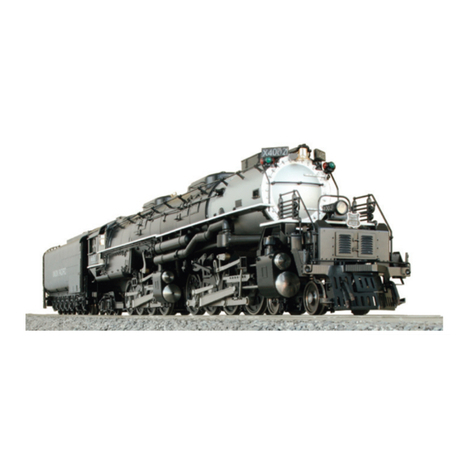
Accucraft trains
Accucraft trains UNION PACIFIC 4-8-8-4 BIG BOY User manual
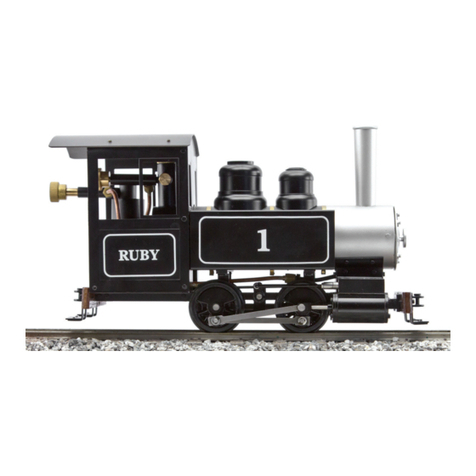
Accucraft trains
Accucraft trains Ruby 0-4-0T Kit User manual
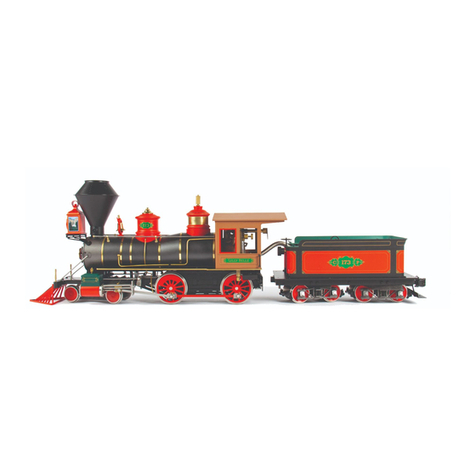
Accucraft trains
Accucraft trains Lilly Belle User manual
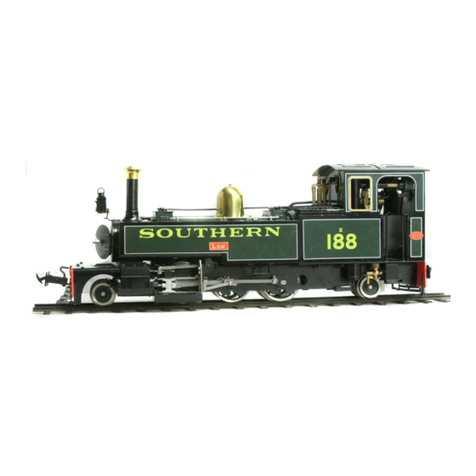
Accucraft trains
Accucraft trains L&B LEW User manual
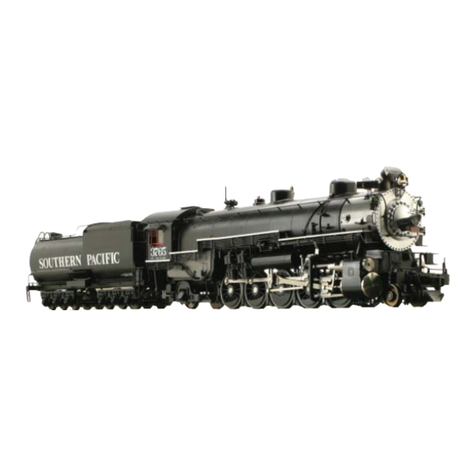
Accucraft trains
Accucraft trains SP 2-10-2 F4/F5 User manual
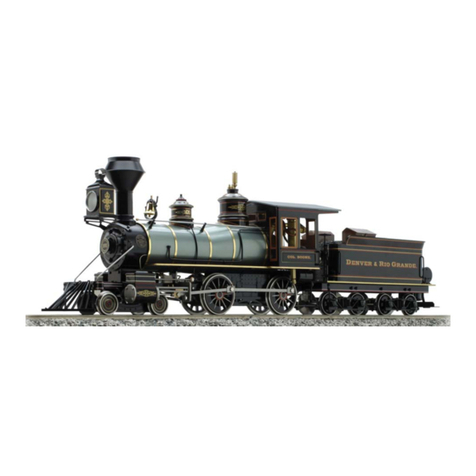
Accucraft trains
Accucraft trains Baldwin 4-4-0 1:20.3 Scale User manual

Accucraft trains
Accucraft trains SOUTHERN PACIFIC 2-10-2 F4 User manual
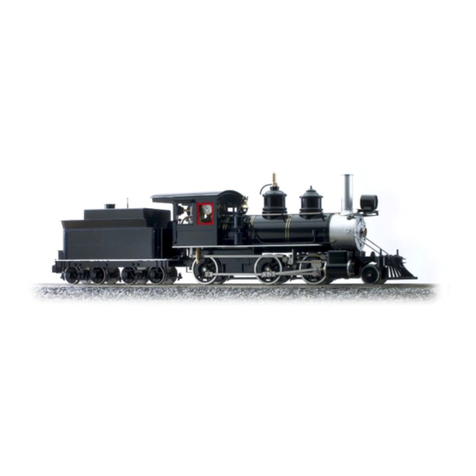
Accucraft trains
Accucraft trains Mogul User manual
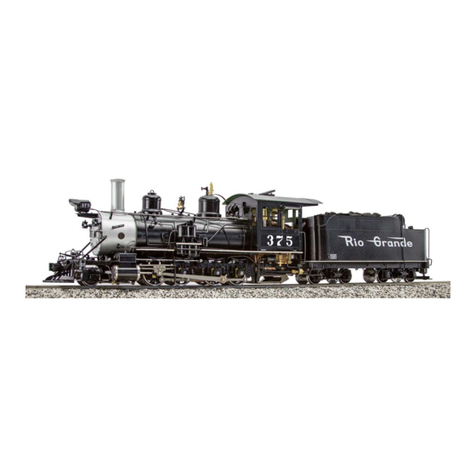
Accucraft trains
Accucraft trains D&RGW C-25 2-8-0 COAL FIRED User manual
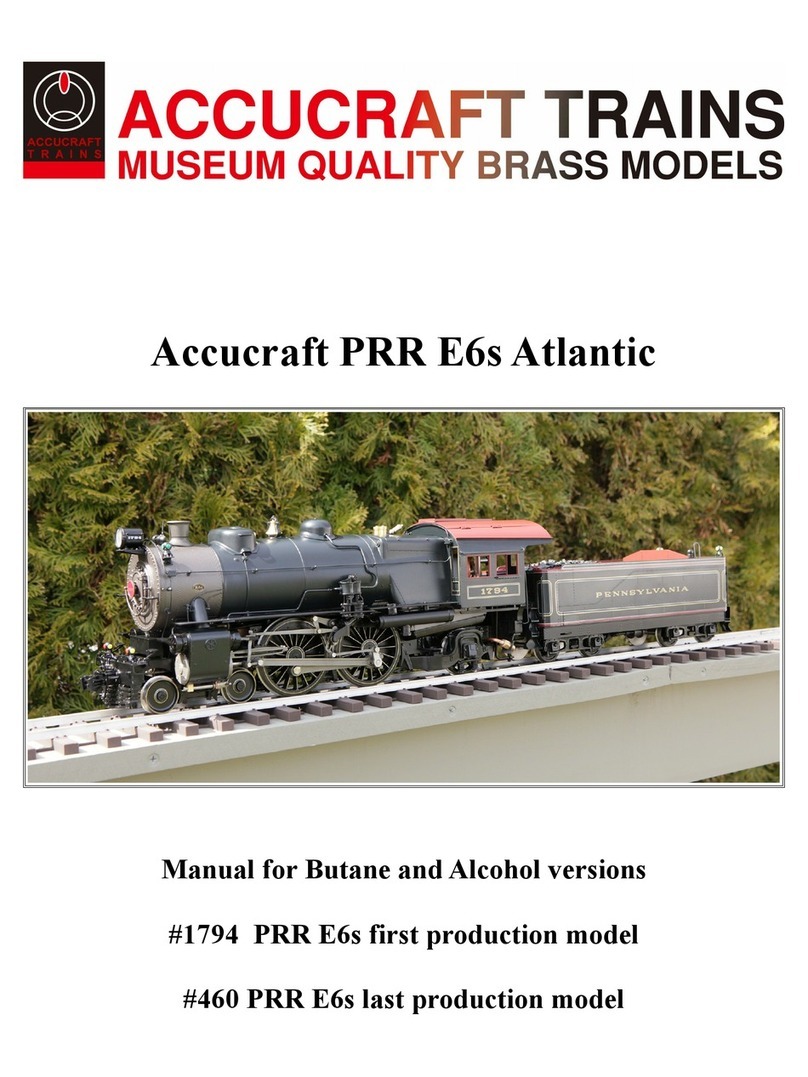
Accucraft trains
Accucraft trains PRR E6s Atlantic User manual
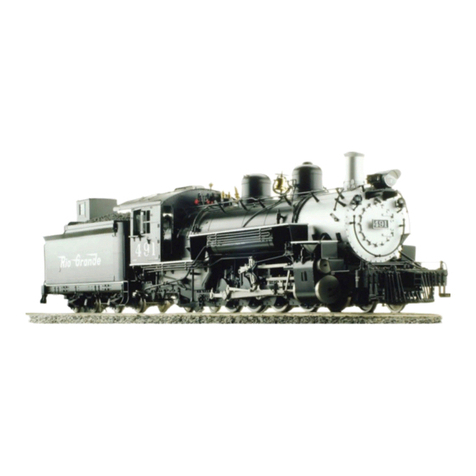
Accucraft trains
Accucraft trains D&RGW K37 2-8-2 User manual
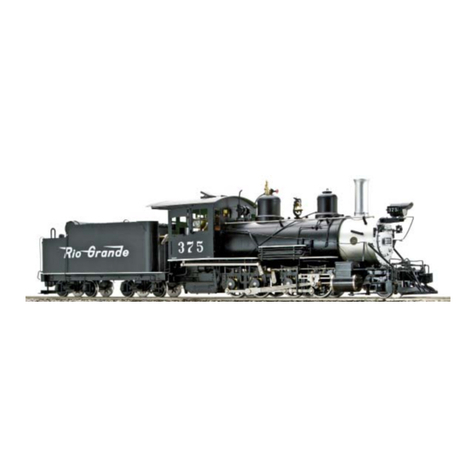
Accucraft trains
Accucraft trains D&RGW C-25 2-8-0 User manual

Accucraft trains
Accucraft trains AL97-372 User manual
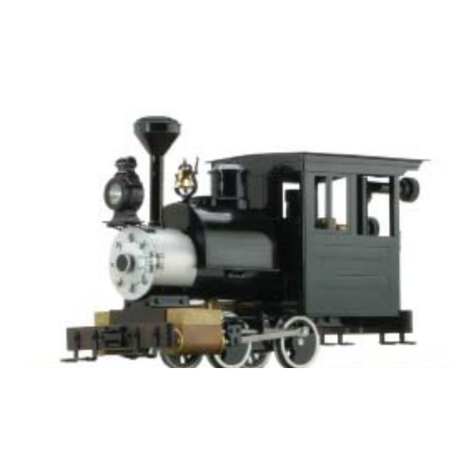
Accucraft trains
Accucraft trains RUBY #5 User manual

Accucraft trains
Accucraft trains D&RGW K-28 COAL FIRED User manual

Accucraft trains
Accucraft trains WHITCOMB 45T SIDE ROD DIESEL ELECTRIC User manual

Accucraft trains
Accucraft trains DECAUVILLE 0-4-0T User manual
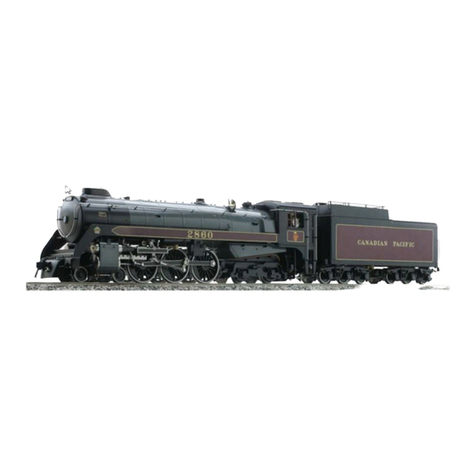
Accucraft trains
Accucraft trains C.P. Royal Hudson Live Steam - Alcohol Fired User manual
Popular Toy manuals by other brands

FUTABA
FUTABA GY470 instruction manual

LEGO
LEGO 41116 manual

Fisher-Price
Fisher-Price ColorMe Flowerz Bouquet Maker P9692 instruction sheet

Little Tikes
Little Tikes LITTLE HANDIWORKER 0920 Assembly instructions

Eduard
Eduard EF-2000 Two-seater exterior Assembly instructions

USA Trains
USA Trains EXTENDED VISION CABOOSE instructions























